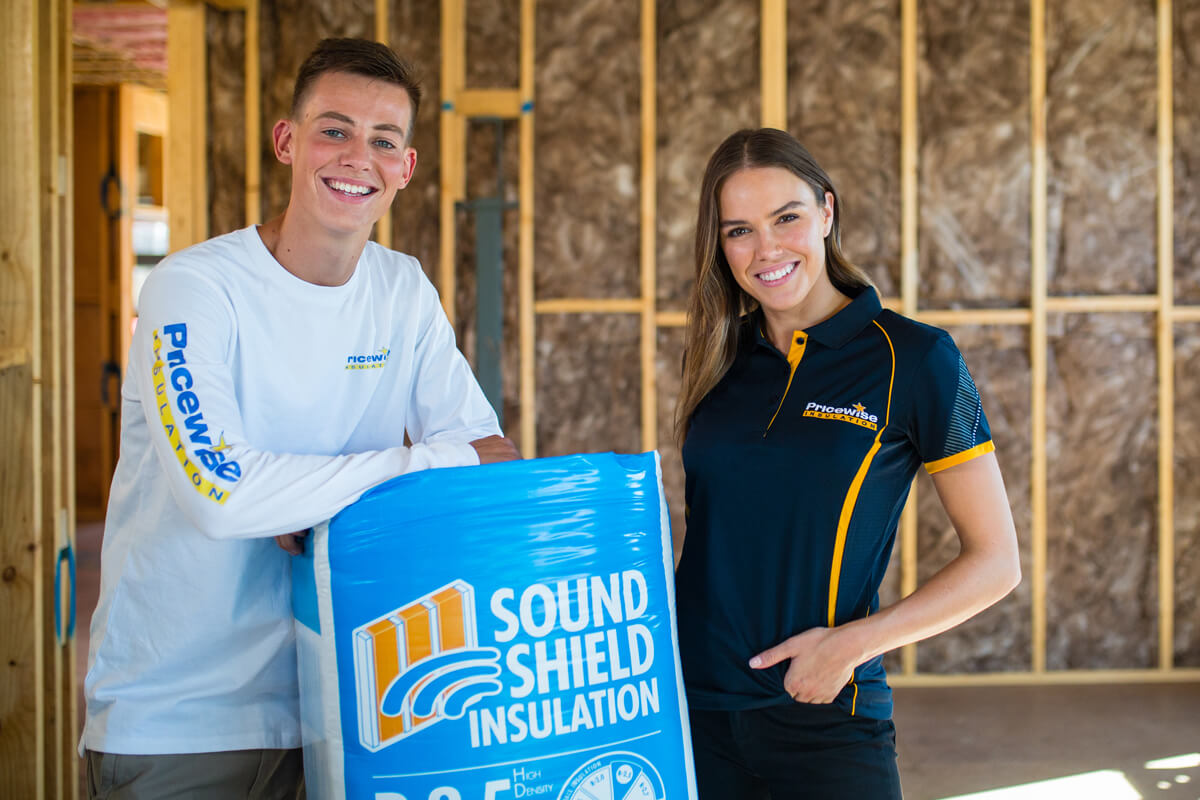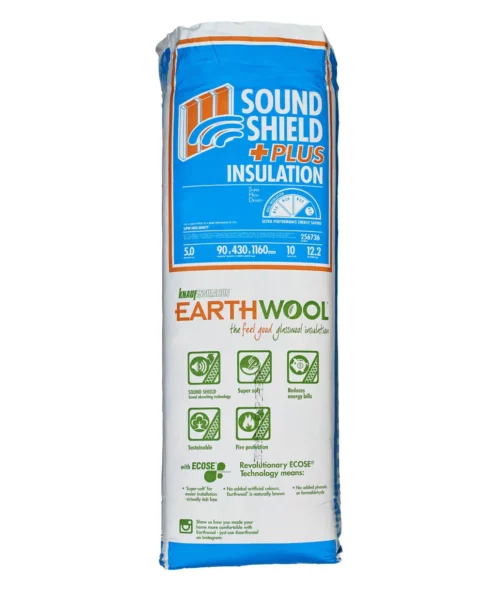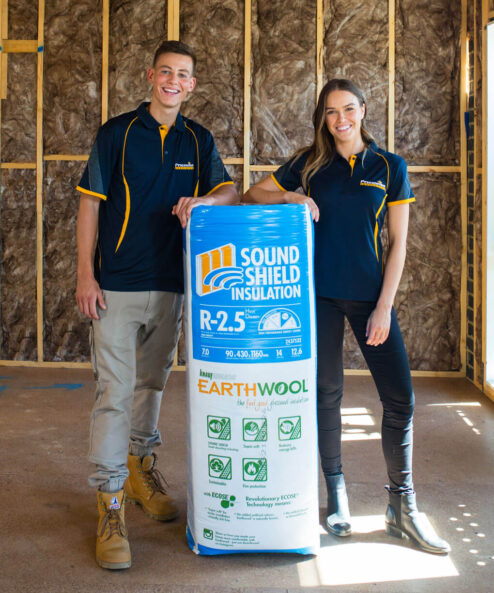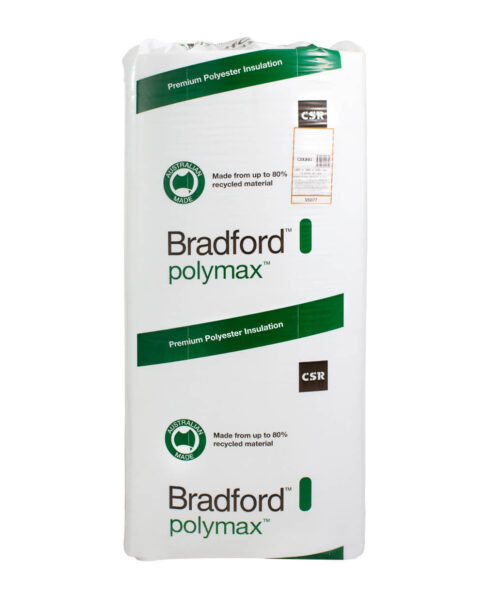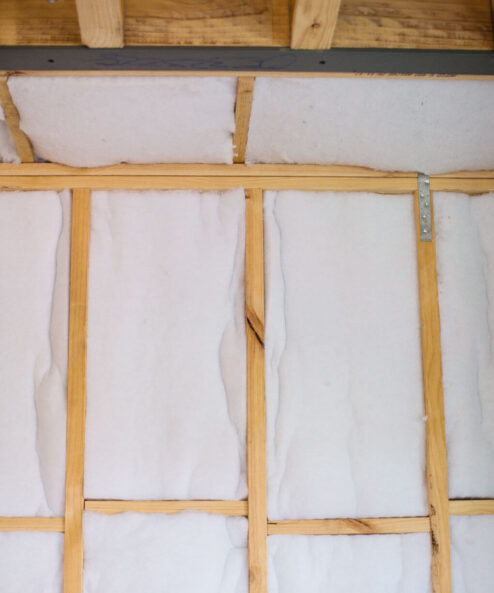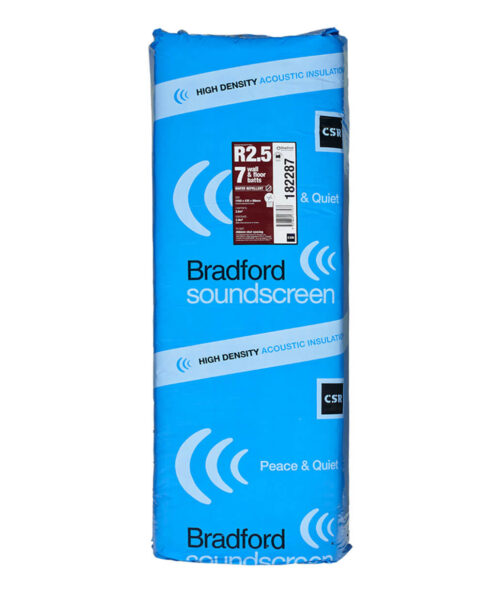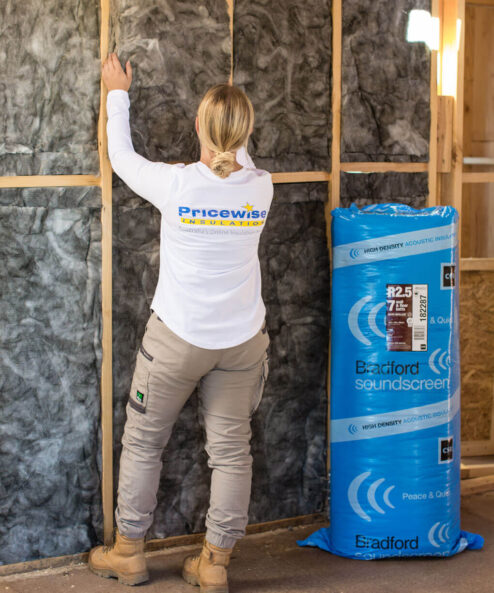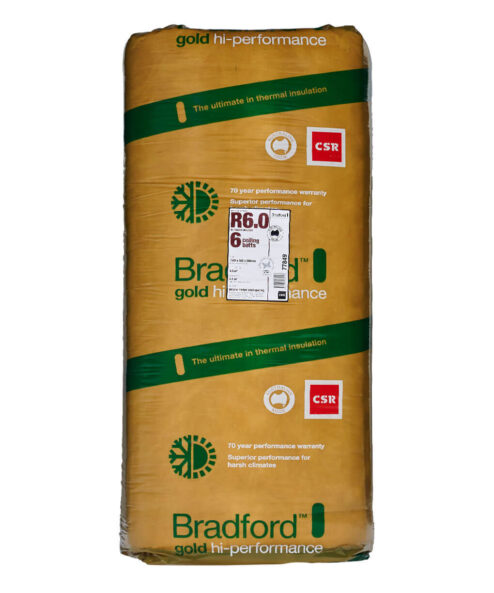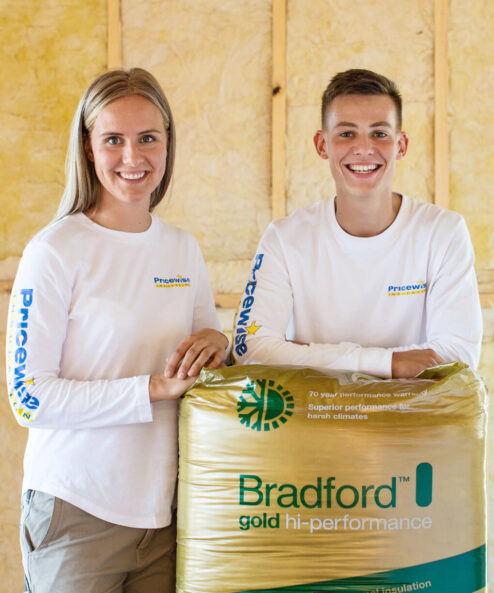Insulation Tips
Best Sound Insulation For Australian Homes
Soundproof insulation or acoustic insulation is any material that is used between walls, floors or ceilings in a house or building to absorb sound waves and reduce noise and reverberation. Sound insulation can be used either externally to keep noise from outside coming into the house or building or internally to keep noise from travelling to different rooms within a house or building.
Having a good understanding of how sound insulation works and the types of sound insulation materials available is essential before you start any project, as investing in the wrong material can not only be very costly but make the noise problem worse.
In this guide, we will show you:
-
how sound insulation works
-
the benefits of acoustic insulation
-
the types of sound insulation materials typically used in homes and buildings
-
the best rooms in your home to soundproof
-
common mistakes that happen when soundproofing
-
the best sound insulation material to use when soundproofing
Types of Sound Insulation Materials
When it comes to what insulation is best for soundproofing, it is essential to understand the different materials available and their properties.
Some common sound insulation materials include:
1. Glasswool
Glasswool acoustic insulation products are the most widely used acoustic insulation products. It is also known as fibreglass.
Glasswool is commonly made from a combination of recycled materials such as glass bottles and glass sheets, and sand. The materials are crushed, melted and spun into long fibres that look like wool and bound together to form batts or rolls. The manufacturing process creates millions of tiny air pockets between the fibres, which gives it excellent insulating properties.
Glasswool insulation products come in the form of:
- Ceiling, underfloor and wall batts, and
- Thermal and acoustic batts
Check out Knauf Earthwool Insulation — one of our glasswool products. It uses 80% recycled materials using a bio-based binder instead of petrochemicals, which makes it low-allergen. It is a popular choice for homeowners and home builders. The popularity of this product is what makes it one of the best in wall sound insulation.
The Difference Between Thermal and Acoustic Insulation
2. Polyester
Polyester is commonly made from recycled plastics such as plastic bottles, bags and packaging and can be used in many applications, including acoustic insulation. Polyester sound insulation materials are soft, pliable, and extremely durable. They have no added formaldehyde binders, which makes them hypoallergenic and non-toxic. This means they won’t irritate your skin and are safe to install without using gloves or other protective clothing.
Polyester acoustic insulation products are widely used in residential and commercial construction projects and come in various thicknesses and densities, making them highly versatile.
Polyester acoustic insulation products include:
- Panels
- Wall and ceiling batts
- Underfloor rolls
- Sound blankets
Polyester acoustic insulation products meet the Australian standards for fire safety.
Take a look at Bradford Polymax — one of our polyester acoustic insulation brands that is 100% polyester and made from 80% recycled material. It is a low-allergen product that is easy to handle and offers both thermal and acoustic benefits. When it comes to what is the best sound insulation for interior walls, this is a popular brand for those looking to install polyester instead of glasswool.
3. Foam
Acoustic foam insulation is typically made from polystyrene or polyisocyanurate and is generally quite thin. They are lightweight and non-toxic and are commonly used in sound studios and other commercial and industrial projects. They come in rolls of flexible wrap, rigid panels and boards and come in a variety of thicknesses and densities.
Some foam products are combined with foil to help manage radiant heat. Foam boards are not the same as expanding spray foam. Foam insulation is used in a variety of ways, such as:
- Garage doors and floors
- Underneath floors with a radiant heating system
- Concrete slab insulation
How Does Sound Insulation Work
Sound is created when air molecules vibrate together to create sound waves. The higher the vibration, the louder the sound. Soundproofing works by blocking, dispersing or absorbing the sound waves so that less of it reaches your ears.
The best sound insulation materials include:
- Plasterboard – or drywall works by providing mass to a wall and blocking sound waves. The heavier a wall is, the more difficult it is to vibrate, so fewer sound vibrations will be able to get through. Adding two layers of drywall is one of the most common and cost-effective ways of adding mass to a wall.
- Foam – works by dispersing or damping sound vibrations to reduce noise. They are soft and best used in ceilings and floors to reduce vibration energy before they can build up and radiate as sound.
- Fibreglass – or Glasswool. This material typically comes in batts and rolls and absorbs sound by trapping the air molecules in its fibres and preventing them from vibrating against each other. However, fibreglass only absorbs some of the reverberations, and it can’t be too thick or dense, or it will not absorb as many sound waves. Glasswool is one of the best sound insulation batts available.
Batts are best installed during construction or renovation. For established homes, you can either remove the plaster or weatherboards and install acoustic insulation batts or get a professional to install blow-in wall insulation.
Soundproofing vs Sound Absorbing
Sound absorption refers to the reduction of noise by absorbing the sound waves in a room. Sound-absorbing products improve the acoustics in a room and reduce background noise and echo.
Soundproofing eliminates noise altogether by blocking sound waves from entering or leaving a room, for example, keeping noise contained in a theatre room or preventing traffic sounds outside from coming inside the house.
Knowing the difference is important as it will determine which acoustic insulation material to purchase. While soundproofing and sound-absorbing materials are often used together, it’s important to understand the unique properties of each one and how best to use them.
The Benefits of Acoustic Insulation
Installing acoustic insulation has many benefits for your home, for you and your family, and for any future occupants of the house.
Reduce internal and external noise
Reducing unwanted noise will improve the overall acoustic quality in the house. When you lessen unwanted noise, other sounds become clearer, such as improved intelligibility of conversations in the home or a better home theatre experience.
Keep noise at appropriate levels within the home
By keeping noise at appropriate levels in the home, you create a stress-free and tranquil environment in your home. Your home should be a sanctuary, and reducing unwanted noise makes for a more pleasant home life.
Reduce noise levels between floors in multi-storey homes and buildings
Sound travels through the ceiling so if you live in a double-storey house, the footfall noise from the upper floor can be significant. Unfortunately, many homeowners and builders forget to insulate between floors as it’s not required in their energy report, but having the right soundproof insulation (such as flooring underlay) can go a long way in creating a peaceful environment for all occupants in the home.
Popular Places in Your Home to Soundproof
Here are the popular places in the home to soundproof and why:
- Bedrooms – a tranquil space such as a bedroom requires soundproofing from other areas of the house, particularly the living areas.
- Bathrooms – the noises that go on in the bathroom are not something others in the house want to hear.
- Home office – reduced noise in the study or home office contributes to better productivity.
- Movie or entertainment rooms – soundproofing a movie or entertainment room means you can experience your movie without disrupting other occupants in the house.
- Floors, if you have a multi-storey house – sound travels between floors, and every footstep on the upper floor can be heard on the bottom floor. Installing an underlay will dramatically reduce footfall noise.
Rooms such as bedrooms, bathrooms and home offices need a medium level of soundproofing, such as wall insulation batts, while home theatres require the best in wall sound insulation as they require a higher level of soundproofing.
Video – How to Insulate Internal Walls with Sound Insulation
Common mistakes of soundproofing
With the numerous benefits of soundproofing our home, it’s important to get it right. However, it’s essential to avoid common mistakes in soundproofing, which are:
- Not using the right materials
It’s important to do your research first, as different soundproofing materials serve different purposes. Using the wrong materials may cost you more in the long run. Choosing an acoustic product with a low density rate (kg/m3). Even though it’s labelled an acoustic product, it will not be as effective at reducing noise travel as a higher rated product.
- Not fully soundproofing the room
Along with researching the materials, you also need to research which areas of the room to soundproof. For example, many people will install soundproofing in walls but fail to realise that sound can also transmit through the ceiling.
- Not following the correct technique
Soundproofing will not work if it’s not properly installed. Any break in the soundproofing system can result in a loss of the soundproofing material’s effectiveness.
Popular Brands for Soundproofing Insulation
Some of the best sound insulation batts available in Australia include:
- Earthwool Sound Shield (Knauf Insulation) – Earthwool is manufactured overseas and is another type of glasswool insulation. It comes in batts of varying thickness and widths.
- Soundscreen (CSR Bradford) – this is traditional glasswool (fibreglass) insulation manufactured in Australia. It is supplied as batts and comes in different thicknesses. It also provides thermal insulation.
- Pink Batts Soundbreak (Fletcher Insulation) – this is “softer touch” glasswool insulation that is supplied in batts and comes in different thicknesses depending on the level of soundproofing required. It also provides thermal insulation.
- Bradford Polymax (CSR Insulation) – this is made from polyester and is soft and comfortable to install, requiring no gloves or masks to handle. It comes in batts of varying thickness.
Explore the Best Sound Insulation Solutions
Pricewise Insulation is Australia’s number 1 reseller of soundproof insulation materials. We have an extensive range of ceiling, wall and underfloor insulation sourced from around Australia and all over the world. When it comes to getting the right acoustic insulation, you can’t go past Australian-owned and operated Pricewise Insulation to take care of all your soundproofing needs.
Contact us for a free quote.



